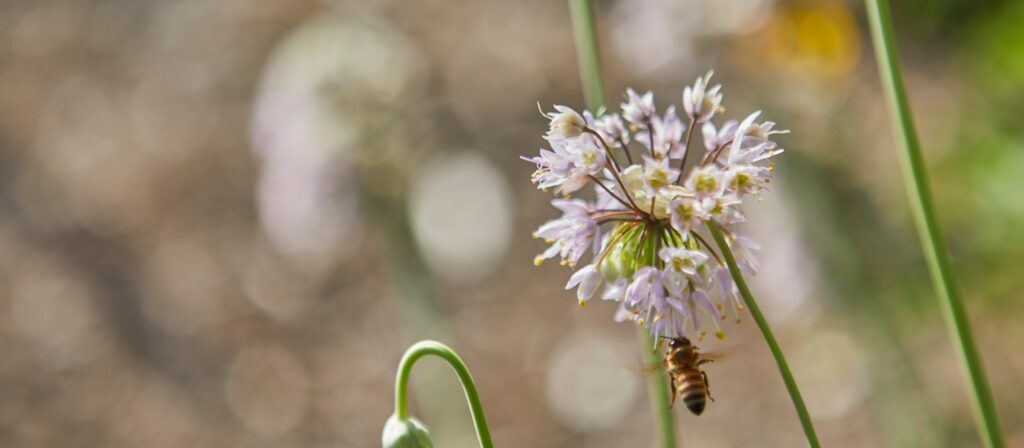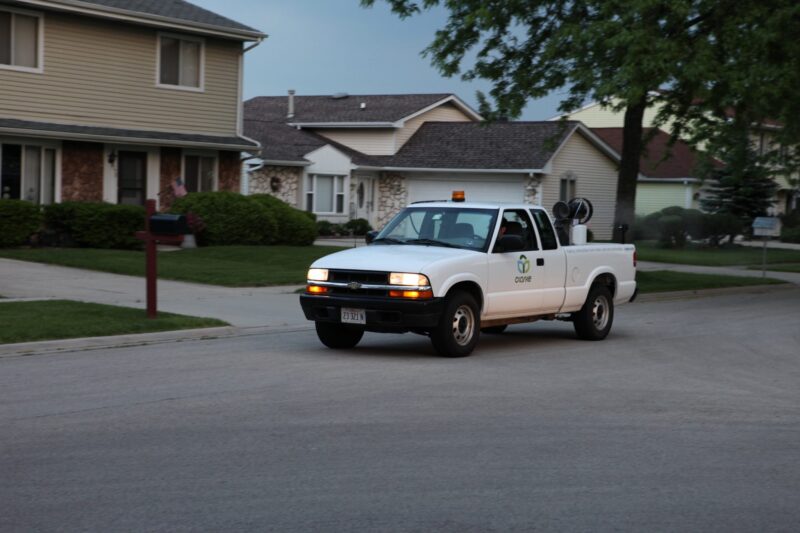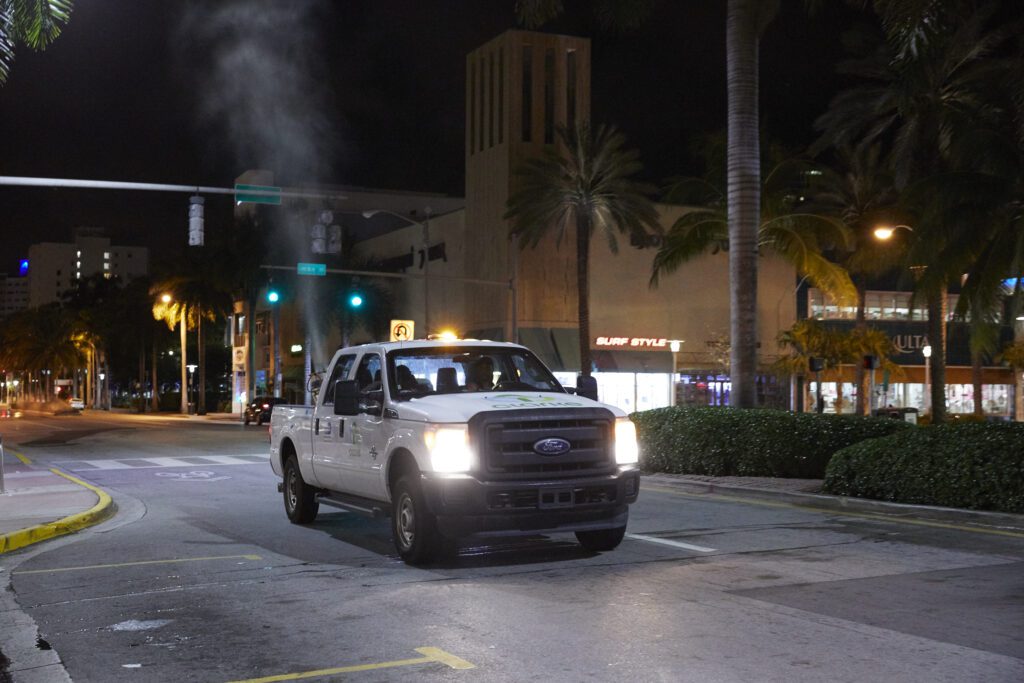Mosquito Control and Beneficial Pollinators: What You Should Know


The International Union for Conservation of Nature (IUCN) recently placed the monarch butterfly – known for its striking orange and black pattern as well as its annual migration – on the IUCN Red List of Threatened SpeciesTM. Monarch butterflies join a group of beneficial pollinators cited on this list as being threatened or endangered due to many factors – including the misuse of herbicides and insecticides.
So, how do modern mosquito control methods avoid harming these pollinators while still protecting public health?

To start, beneficial pollinator populations have struggled for some time amid a long list of threats and challenges. While the below factors have led to a gradual decline in populations, other catastrophic events, such as an infectious disease carried byvarroa mite larvae that wiped out 44% of managed bee colonies between 2015 and 2016, have also been devastating, helping lead to these dangerously low population levels.
While no single issue can be pinpointed as the sole contributor to this decline, some of the interconnecting factors include:
Reading this, it is understandable why residents may question the merits of their community’s mosquito control program. However, when implemented properly, integrated mosquito management programs should not be expected to harm beneficial pollinators.
Mosquito control helps improve quality of life in communities, with a majority of mosquito control efforts and treatments focused on protecting public health from mosquito-borne diseases.
Some mosquito species can carry vector-borne diseases, or diseases spread by organisms that transmit infectious pathogens between humans or animals. These diseases include viruses like West Nile, Zika, Eastern equine encephalitis or dengue, as well as parasites such as malaria. The mosquito is often called the world’s deadliest animal, and for good reason – mosquito-borne diseases account for over 700,000 deaths annually around the world, according to the World Health Organization (WHO)

The most effective community-wide mosquito control programs follow the principles of integrated mosquito management – a holistic approach recommended jointly by the EPA and the CDC that involves leveraging five different management strategies. They include:
Ultra-Low Volume (ULV) spray treatments are commonly used for wide-area mosquito control, with equipment mounted on trucks, all-terrain vehicles, or aircraft. Of all the integrated mosquito management strategies, this type of treatment is typically the most visible in a community and piques resident concerns most about pollinator impacts.
You can learn more about ULV mosquito spraying here, but below are the basics on how ULV spray treatments work:

To avoid adverse effects to pollinators from ULV mosquito spraying, several key actions come into play from a product and application standpoint:
There is also a body of field and operational research indicating that ULV mosquito control applications, when conducted according to all product label guidelines, do not present a material risk to pollinators, even in cases of direct exposure. For example, field research conducted by the Louisiana State University found that operational ULV treatments with four different EPA-registered products for mosquito control, including Clarke’s Duet formulation, do not harm honey bees, even when sprayed at the highest label rate and with applications made as close as 50 feet away. This is important research, as it bridges laboratory modeling of exposure to active ingredients to real-world operational conditions with formulated products.
Exposure to product residues within a treatment area is another potential concern for pollinators. Mosquito control products for application through ULV equipment are designed to limited deposition within a treatment area, but there is a standard study protocol (called the “Residual Time to 25% Mortality (RT25) ) that is used to assess residue toxicity on honeybees. RT25 study results on file with the U.S. EPA for the Duet formulation (containing the active ingredients, Prallethrin and d-Phenothrin, brand name Sumithrin) that indicate ULV droplet residue on foliage within a treatment area would be non-toxic within 3 hours of an application, even at the highest application rate labeled for mosquito control and even if there is direct spray exposure to the plant (which would not routinely happen in real-world treatment settings). In operational terms, this translates into a high level of confidence that the morning after a mosquito control application, there are very little exposure concerns for honeybees or other beneficial, sensitive insects that forage within a sprayed area.
As a mosquito control service provider and products manufacturer, Clarke is ultimately responsible for stewarding mosquito control applications made with our products, in accordance with the product label.
In addition, we coordinate with state regulators where possible on best management practices for endangered or threatened insects. For example, when our Illinois treatment areas coincide with sensitive, threatened or endangered species habitats, Clarke consults with the Illinois Department of Natural Resources. This step has resulted in good alignment around the operational treatment protocols and best management practices for pollinator protection that Clarke follows in its public health mosquito control work.

There’s a lot that community residents can do to help revive or sustain beneficial pollinator populations – and things we can all do to help avoid further disruptions.
Check out some great sources below: